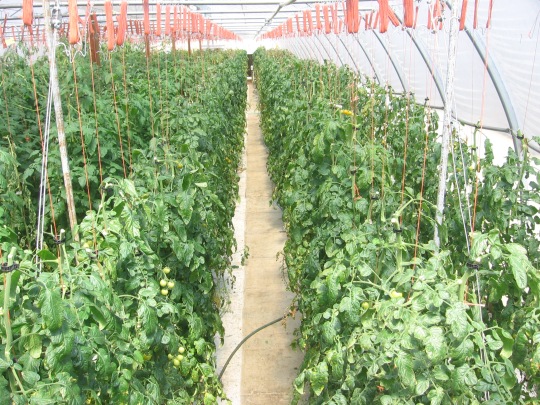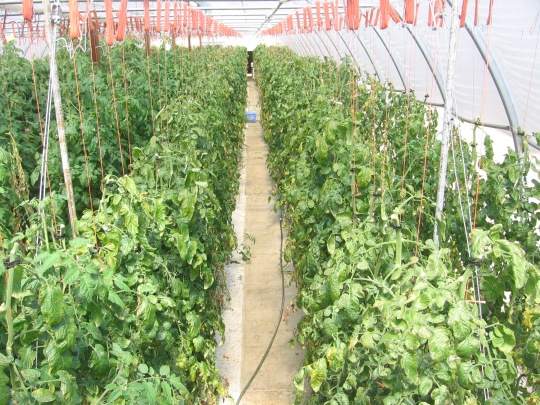Here is a list of the materials (that I have though of so far) needed for the year-long time lapse.
First thing is Location. Its all about location, location, location.
1. A RaspberryPi. This is to control the camera and tell it when to take a picture. It would be possible for the camera to take a picture at certain times, but with the Raspberry Pi there will be more control over when the pictures are taken. This should cost $45 after shipping + handling.
2. A power cable to power the Raspberry Pi. I am planning on using an HTC micro USB cable that is here on Amazon that is $4 after shipping + handling.
I ended up going with a Samsung power supply from Amazon because the HTC power supplies did not have good ratings and people said they were not made by HTC. So I am using that Samsung because it had good rating and it is working good.
3. A SD card to use for the Operating System for the Raspberry Pi and to store images from the camera as well. Amazon once again for about $7 after shipping + handling.
4. A camera that is supported by gphoto2 and also by CHDK for taking the photos. The Canon Powershot SX100 or SX110 are the best camera’s that are supported by both gphoto and CHDK. Here is the SX100 listed on Amazon. I got mine for $100 (used – very good condition – had 1500 shots on it when I got it) after shipping + handling. The Canon Powershot A510 should fit in the enclosure and has full support from gphoto2. I bought one from Amazon for $41 after shipping + handling.
5. The third item is a USB cable that connects the camera to the Raspberry Pi. This is also availble on Amazon and mine cost $12 after shipping + handling.
6. An AC power supply is also necessary to power the camera. Once again Amazon seems to be the best. This cost $15 after shipping + handling.
7. A housing for all of these components is a critical point for the survival of the camera in all kinds of weather. An enclosure made for security cameras seemed to be the best option. I originally looking into building myself one using a waterproof container and a bunch of pieces to make it all work. Then I found this enclosure (also Amazon) and it has a heater and a fan to regulate the temperature. And it is IP66 rated. This costs $47 after shipping + handling.
8. A power supply to power the heater/blower in the enclosure is available at Amazon. It is sold by the same supplier as the enclosure and is confirmed to work with this model of enclosure. This cost $36 after shipping + handling.
9. Silica gel is something that comes in packages and I will put several of these packets in to reduce moisture.
10. A case to hold all of the power cables that plug into the power strip. This needs to be kept dry and it has to be in a separate case because the enclosure that holds the camera and Raspberry Pi is too small to hold all of this as well. This Sockit Box case from Amazon should do the job nicely! It costs $33 dollars which is a little expensive I thought, but it is a very important part of the project.
11. I bought some plastic screws and nuts to hold the Raspberry Pi in the enclosure and keep it from touching the metal sides. This I bought from my local Lowe’s store and it only cost $5 dollars for all of it.
Still need
A power supply for the enclosure. It does not come with one, but requires one for the heater/fan.
A power cord (120V) to be able to run to the enclosure to power all of the electronics.
Conclusion
At this point all of the materials cost $207 and I hope to keep it under $250 with the rest of the materials that are still needed. And no I am not trying to sell Amazon stuff, but they have been consistently the best price for the quality that I need.



